The United States is home to some of the most celebrated golf courses in the world, making it a dream destination for golfers of every skill level. From historic layouts that have hosted legendary tournaments to modern masterpieces designed with precision, the best golf courses in America offer a blend of tradition, luxury, and natural beauty. The year 2025 brings renewed attention to these iconic destinations, as golf continues to grow in popularity both as a professional sport and a leisure pursuit.
When talking about the top golf courses in the United States, it is impossible to ignore the breathtaking variety of landscapes that set each course apart. Coastal greens overlooking the Atlantic and Pacific Oceans provide a serene yet challenging experience, while inland courses offer rolling fairways, strategic bunkers, and championship-level design. Many of these courses are not only favorites among PGA professionals but also sought-after locations for visitors who want to experience golf at its finest.
This ranking of the top ten best golf courses in the United States for 2025 highlights venues that deliver a perfect combination of world-class design, excellent facilities, and unforgettable playing conditions. Each course stands as a symbol of American golf culture and contributes to the nation’s reputation as a premier golfing destination. Whether you are drawn to historic courses that have shaped the game or innovative layouts that redefine it, this list will guide you through the very best the country has to offer in 2025.
Top Ten Best Golf Courses In The United States (2025)
10. Oakmont Country Club, Pennsylvania
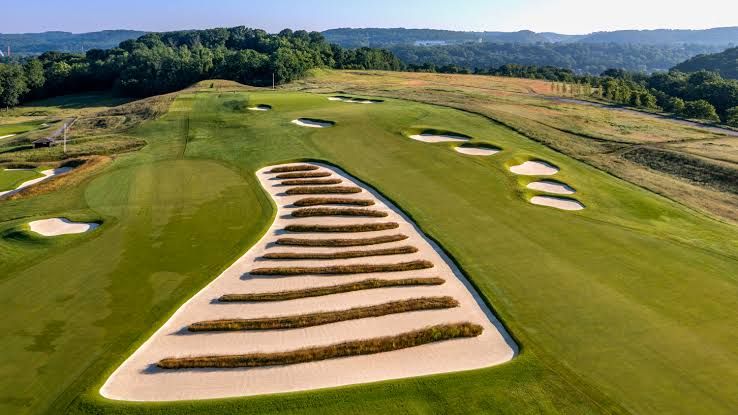
Oakmont stands as a relentless examination of shot making and mental toughness. Laid out in the early 1900s and designated a National Historic Landmark, Oakmont is legendary for its narrow fairways, enormous collection of bunkers and some of the fastest greens you will find anywhere. The course’s character is shaped by dramatic contours and strategic green complexes that punish loose thinking while rewarding careful planning.
Tournament setups crank up the difficulty with tight rough and pin positions that require imagination to escape. Over the decades Oakmont has hosted numerous United States Open championships and major professional events, so its reputation is rooted both in design pedigree and in the tests it has handed to generations of top players. Visiting or studying Oakmont is an education in putting control and course management. Those who want to understand championship golf will find Oakmont’s features instructive and memorable.
9. TPC Sawgrass, Florida
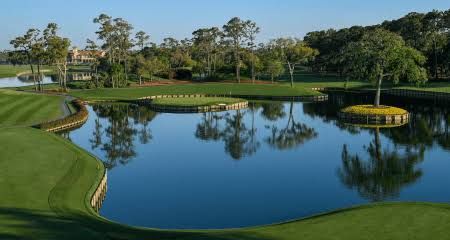
TPC Sawgrass introduced spectacle to everyday tournament golf with course architecture that blends strategic interest and viewer drama. The Stadium Course was shaped under Pete Dye and emphasizes precision from tee to green. Its seventeenth hole, the so called island green, is perhaps the most recognizable single green in modern golf and creates high pressure moments for professionals and amateurs alike.
Beyond that signature hole the routing is filled with risk and reward options where players must balance aggression with caution. The course was designed within a spectator friendly stadium concept to stage professional golf in a way that enhances atmosphere without compromising competitive integrity. For players who want a memorable round that tests target golf and course thinking, Sawgrass remains a must play and an important marker in modern American golf history.
8. Whistling Straits Straits Course, Wisconsin
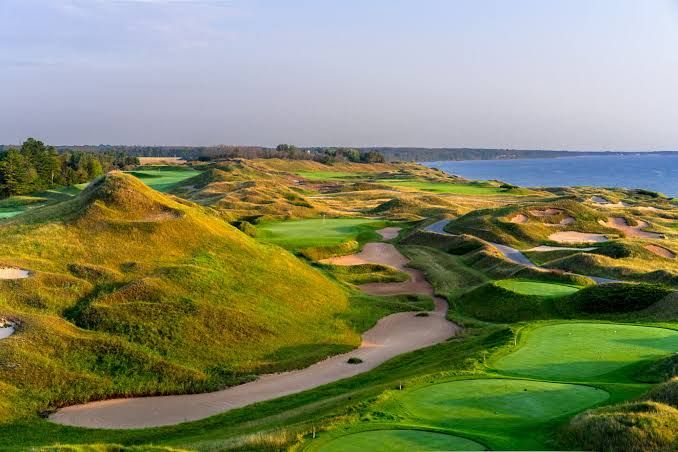
Whistling Straits brings true links energy to the shores of Lake Michigan. Pete Dye assembled a course of raw visual drama with slopes, dunes and a vast array of bunkers fashioned to mimic the best seaside links in the world. Gusting winds and wide open contours make the course a strategic challenge where club selection and trajectory control count as much as length.
The Straits routing clings to the water and offers panoramic vistas that change constantly with the weather. Tournament conditioning amplifies the course personality, exposing strategic angles and penal ground around greens and fairways. While the layout is bold it is also thoughtful, leaving players with memorable strategic decisions on almost every hole. As both a championship stage and a destination for links lovers, Whistling Straits holds a prominent place among top golf courses in the United States.
7. Pinehurst No. 2, North Carolina
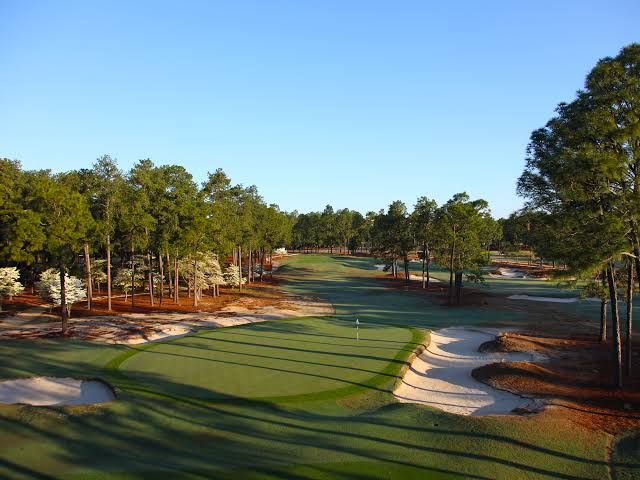
Pinehurst No. 2 presents classic architect Donald Ross thinking at its clearest. The course features crowned greens that move the ball unpredictably and require a fine touch from short distance. Rather than relying on length the layout tests imagination, forcing players to consider angles, trajectories and how to use slopes to their advantage.
Over time Pinehurst No. 2 has hosted many national championships and its role in American golf is cemented by that competitive history. Recent major championships revived interest in Ross era subtleties, showing that modern players still find the course demanding in technique and temperament. The routing winds through native sand and scrub producing a look and play experience that feels both timeless and rigorously fair. For a golfer seeking pure strategic golf that emphasizes feel over raw power, Pinehurst No. 2 continues to offer one of the most instructive championship tests in the country.
6. Bandon Dunes Resort Pacific Dunes, Oregon
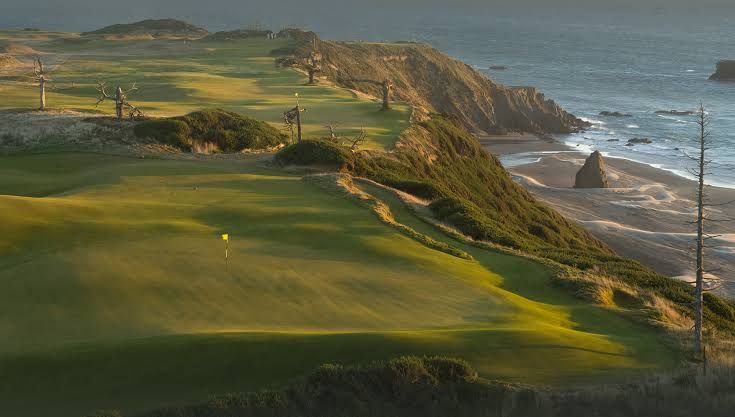
Pacific Dunes feels discovered rather than built, an aesthetic many players describe as authentic links. Designed by Tom Doak it hugs the coastline and leaves much of the dune and native terrain intact, producing holes that play into wind and shifting conditions. The short to medium length layout rewards precise iron play and creative shot making because contours and native waste areas make recovery shots difficult.
The visual experience is as important as the strategic one; vistas across the Pacific and the wild dune silhouette frame every shot and create a sense of solitude even when the course is busy. Accessibility at Bandon Dunes Resort means people can experience vintage feel links golf without crossing the Atlantic. The combination of natural routing and high quality maintenance places Pacific Dunes among the most admired resort courses in America.
5. Baltusrol Golf Club, New Jersey
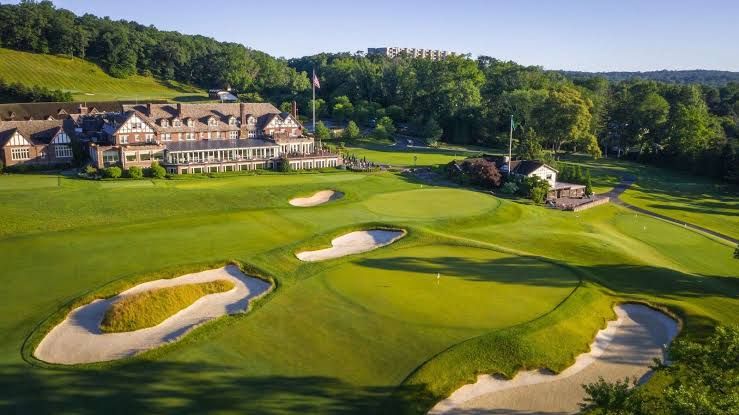
Baltusrol delivers two distinct championship venues in one property, with Upper and Lower courses each offering their own tonalities and strategic challenges. The club’s history is long and deeply linked to major tournament hosting, giving both courses a layer of competitive credibility that shapes how they are set up today. The Lower Course restoration in recent years returned many original design intentions and reaffirmed its place among the elite.
Players will find a mixture of classical design elements including well positioned bunkers, wide yet demanding fairways and approach shots that invite precise distances more than brute force. As a site that has repeatedly trained itself for major championship stakes, Baltusrol rewards good strategy and careful course management and stands as a fine example of American classic design updated for today’s game.
4. Cypress Point Club, California
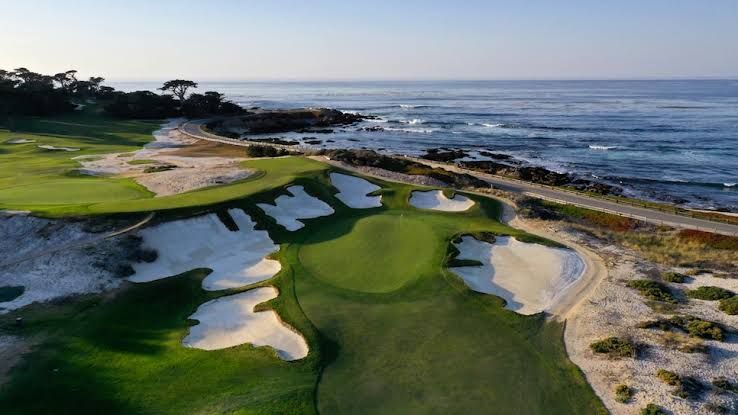
Cypress Point is famed for its artistry and moments of pure seaside theater. Carved through Monterey Peninsula cliffs and forest, the course alternates between sheltered tree lined holes and wide open ocean facing shots that demand respect. The par three that plays over the Pacific to a small green is an image many golfers keep for life; it combines risk with sublime coastal beauty.
Access is limited which only heightens the club’s mystique, but the design itself is widely studied and admired for how it blends natural landforms into strategic golf. Players who have played Cypress Point often speak of the sensory experience more than any single score, noting how wind, sun and surf become part of every shot. For those who value artistry as much as test the course remains a reference point in American golf design.
3. Augusta National Golf Club, Georgia
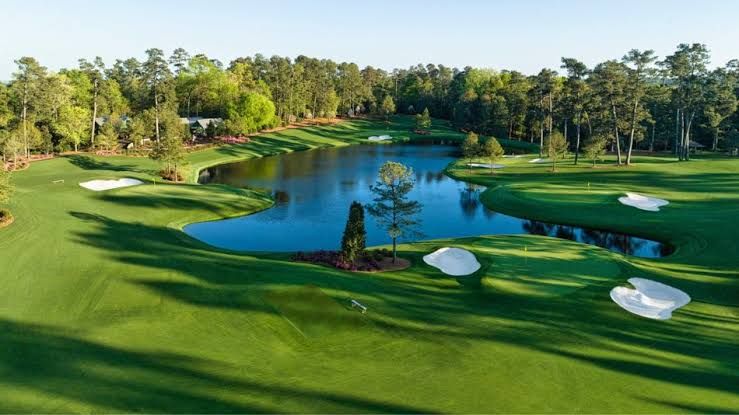
Augusta National is the living stage for the Masters and a place where tradition and exacting presentation come together. The course is famous for immaculate conditioning, carefully tended plantings and a series of holes known collectively as Amen Corner that have shaped championship drama for decades. Tactics matter here because the layout invites risk on certain holes while protecting par with tight angles and run off areas elsewhere.
Beyond the strategy the club’s ceremonies and pageantry feed the reputation, turning every Masters week into a cultural marker for the sport. While access is limited to members and tournament patrons, the course’s influence on design and its role in shaping modern championship narratives make it central to any list of top golf courses in the United States.
2. Pebble Beach Golf Links, California

Pebble Beach pairs breathtaking ocean frontage with hole design that can swing from poetic to brutally demanding in a single round. The course has long been a public gateway to elite coastal golf because its layout sits right on the Monterey Peninsula and welcomes visitors who want to test themselves alongside storied U.S.
Open moments. Several holes play directly at the ocean and the movement of wind and weather can dramatically alter strategy from one hour to the next. Tournament history at Pebble Beach includes multiple U.S. Opens and many memorable championship performances, which add a layer of pedigree to the visual spectacle. The experience here blends public access with world class scenery and a stern examination of ball striking under pressure.
1. Pine Valley Golf Club, New Jersey
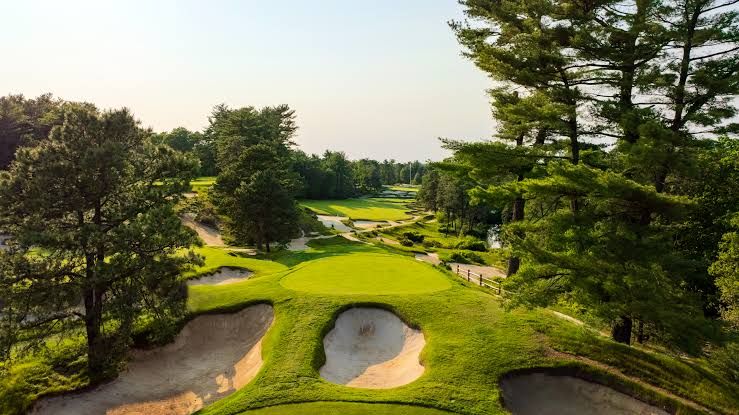
Pine Valley is often placed at the very top of American course rankings for good reason. Its routing and strategic variety create a relentless series of decisions and challenges that reward thoughtful play across every club. The design makes clever use of bunkering, green shapes and subtle landforms to produce demands that are rarely repetitive and constantly engaging. Pine Valley’s culture of exacting maintenance and tradition amplifies the message that the course is not a collection of stunning single holes but an integrated test where scoring requires both skill and a sustained mental approach. While private and seldom open to visitors the club’s longstanding presence at the top of expert polls and annual rankings cements its influence on what the best courses represent in the United States. For architects, players and students of the game Pine Valley is treated as a design benchmark.

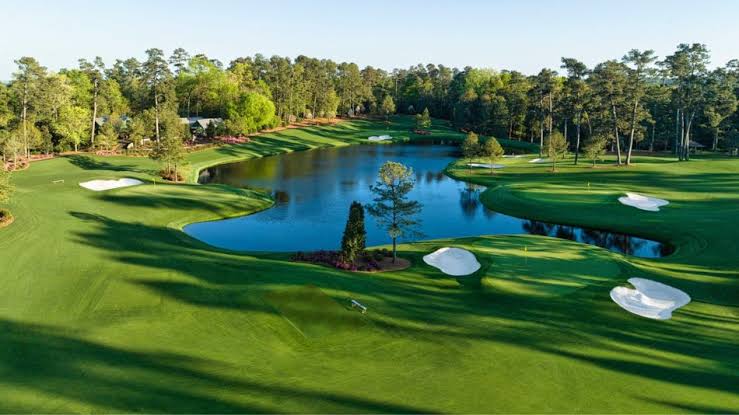
https://shorturl.fm/d8ykq